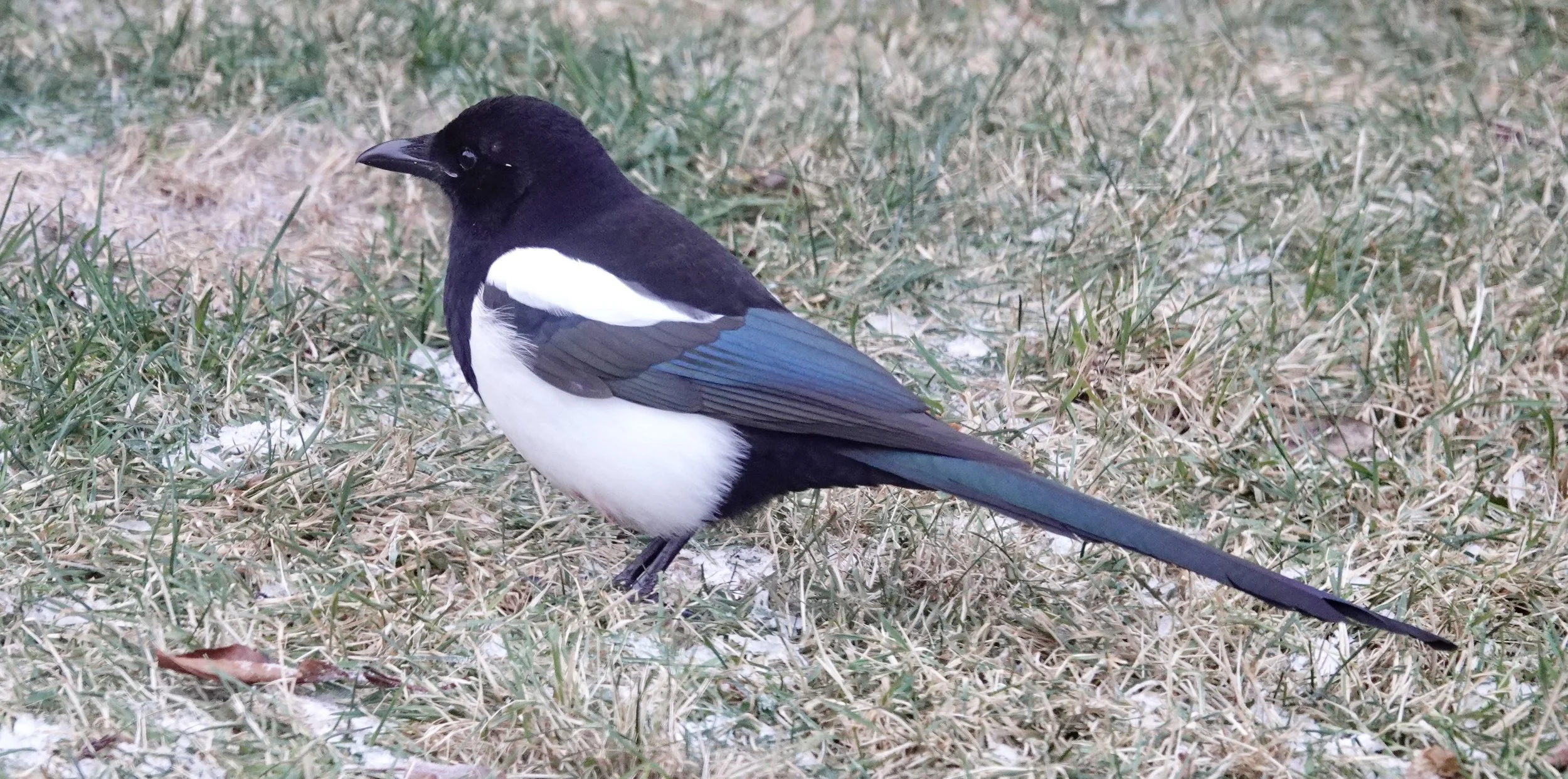Naturally
I heard the voice of the wind give way to the chatter of chickadees. Good tidings they bring—chickadees, that is. The chickadee is my favorite bird. I’m comfortable with my chickadeeism.
Mass communication arrived as a murmuration of starlings. Flocks provide more eyes to see more things. More voices can say more things. Polite conversations. No political discussions.
A hundred years ago, the red-bellied woodpecker was primarily a bird of the southeast at the northwestern extent of its range in southern Minnesota. The species has expanded its range northward and westward, and is now encountered in all 87 counties of Minnesota and into Canada. Climate change has been identified as a primary driver of these expansions. Warmer winters increase the chances of a bird surviving to the breeding season.
Common or European buckthorn is a nonnative, invasive buckthorn species found in Minnesota. These buckthorn species were first brought here from Europe as a popular hedging material. Their leaves stay green late into fall.
Q&A
“What are the mice that find their way into my house each fall?” There are three common ones. The house mouse ranges in size from 5 ½ to 7 inches long, including the tail. Its body is covered in fur that is gray, brown or black with a cream or tan underbelly; its ears and tail are lightly furred. House mice have tiny dark eyes. The deer mouse ranges in size from 5 to 9 inches in length from the tip of the nose to the end of the tail. It has reddish-brown fur and a white belly, and has larger ears and eyes than the house mouse. The white-footed mouse is similar in size and appearance to the deer mouse. White-footed mice have tawny-brown back fur, white belly fur and white feet. It has large ears and eyes, and a long tail. The house mouse is a commensal rodent, meaning it cannot survive without human activity to provide food, nesting materials and shelter. The other two are peromyscus mice capable of living without us.
“Why is it good to leave leaves on the lawn and gardens?” The leaves provide a natural mulch that enriches the soil, retains moisture, and suppresses weeds, while creating a vital habitat for pollinators and other wildlife that overwinter in leaf litter. The luna moth, with its captivating pale green wings and elongated tails, feeds and grows as a caterpillar on the leaves of hardwood trees before descending to the forest floor to pupate. The mourning cloak butterfly is known for its longevity and unique hibernation habits. Unlike many butterflies that migrate or overwinter in other life stages, the mourning cloak spends the winter as an adult. As temperatures drop, these butterflies seek refuge in the natural crevices provided by tree bark, logs and within piles of fallen leaves.
“I heard you talk on the radio about the hens you had that laid blue eggs. What kind were they?” The Ameraucana and Araucana breeds of chicken.
“How do pigeons find their way home?” They use a combination of senses, including the Earth's magnetic field, the sun, visual landmarks and their sense of smell. Science doesn’t fully understand the pigeon’s ability. The greatest long-distance flight recorded by a pigeon started in France and ended in Vietnam in 1931. The distance was 7,200 miles and took 24 days. Pigeons have another amazing ability. They produce nutritious milk that’s a regurgitated fluid produced by both male and female pigeons from the lining of their crops to feed squabs. Greater flamingos and emperor penguins may also feed their chicks milk.
“Do chipmunks hibernate?” It depends on who you ask and the chipmunks aren’t saying. Chipmunks accumulate little body fat, so they spend the early fall searching for and hoarding food. They store the food in burrows, an elaborate system with pantry and sleeping chambers, where they spend most of the winter, entering a state of torpor (a temporary, short-term state of decreased body temperature, heart rate and metabolic rate) for several days at a time, arising periodically to feed and eliminate. The chipmunk lines the nesting chamber with insulating materials, such as leaves, grasses and thistledown. Drainage tunnels are dug at the bottom of the burrow. On mild winter days, the chipmunk may make brief appearances above ground to forage.
“Do opossums hibernate?” Virginia opossums don’t hibernate and are prone to suffer from frostbite. Opossums are marsupials, which give birth to young that complete development inside the mother's pouch. Opossums have built-in parking.
Thanks for stopping by
“We are taught we have to speak for the voiceless. We have to talk for the fish, the trees, the birds, the grass.”—Betty Osceola, winner of the Marjory Stoneman Douglas Defender of the Everglades award.
“Never argue with stupid people, they will drag you down to their level and then beat you with experience.”―Mark Twain.
Do good.
©️Al Batt 2025
The black-billed magpie is a permanent resident throughout northwestern and north-central Minnesota. Magpies build bulky nests of sticks and twigs that have a domed top and two entrances, which can take up to 40 days to construct and may last for years. Research has shown that magpies can recognize their own images in a mirror. The Lewis and Clark Expedition (1804-1806) reported magpies boldly entering tents to steal food. Photo by Al Batt.

